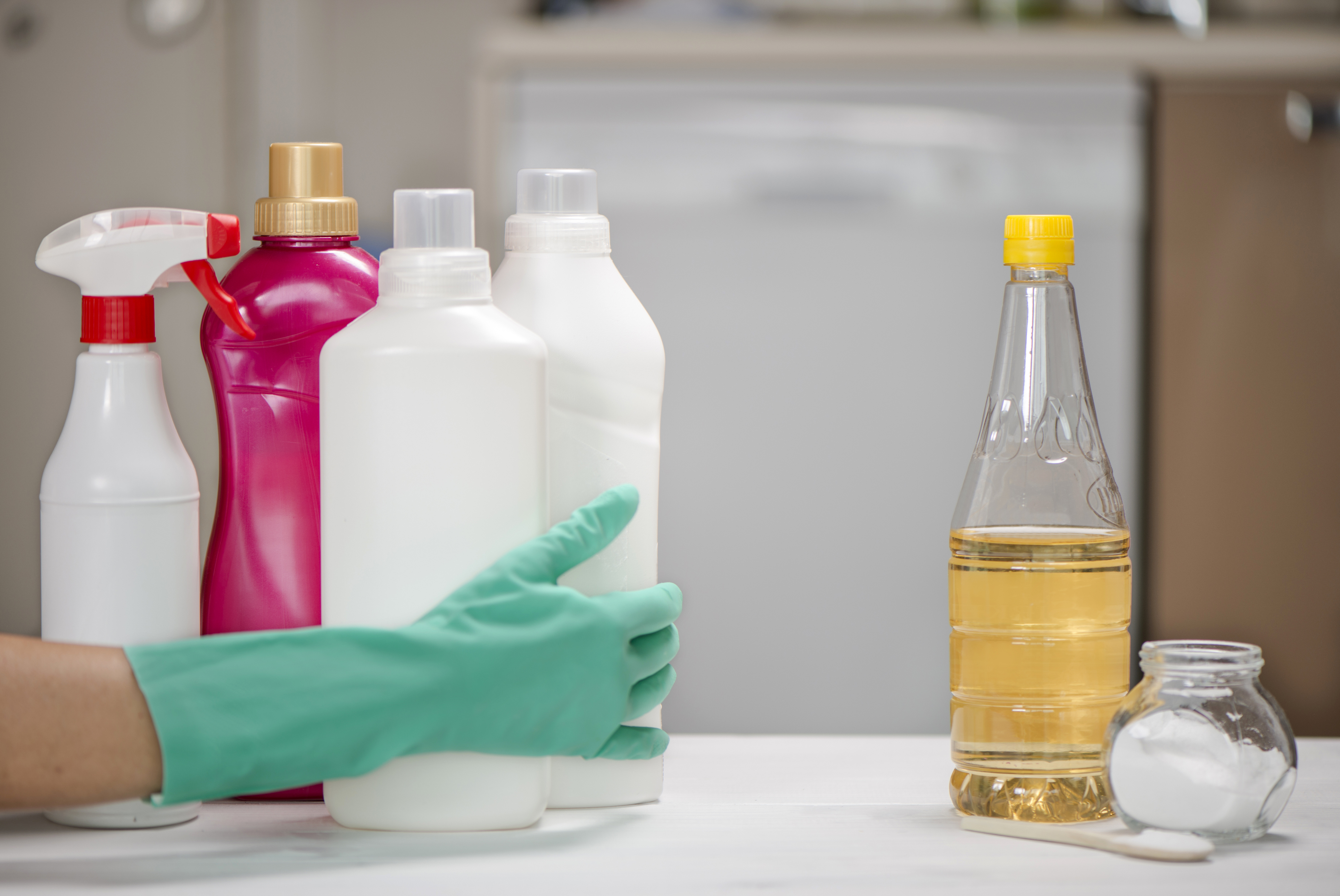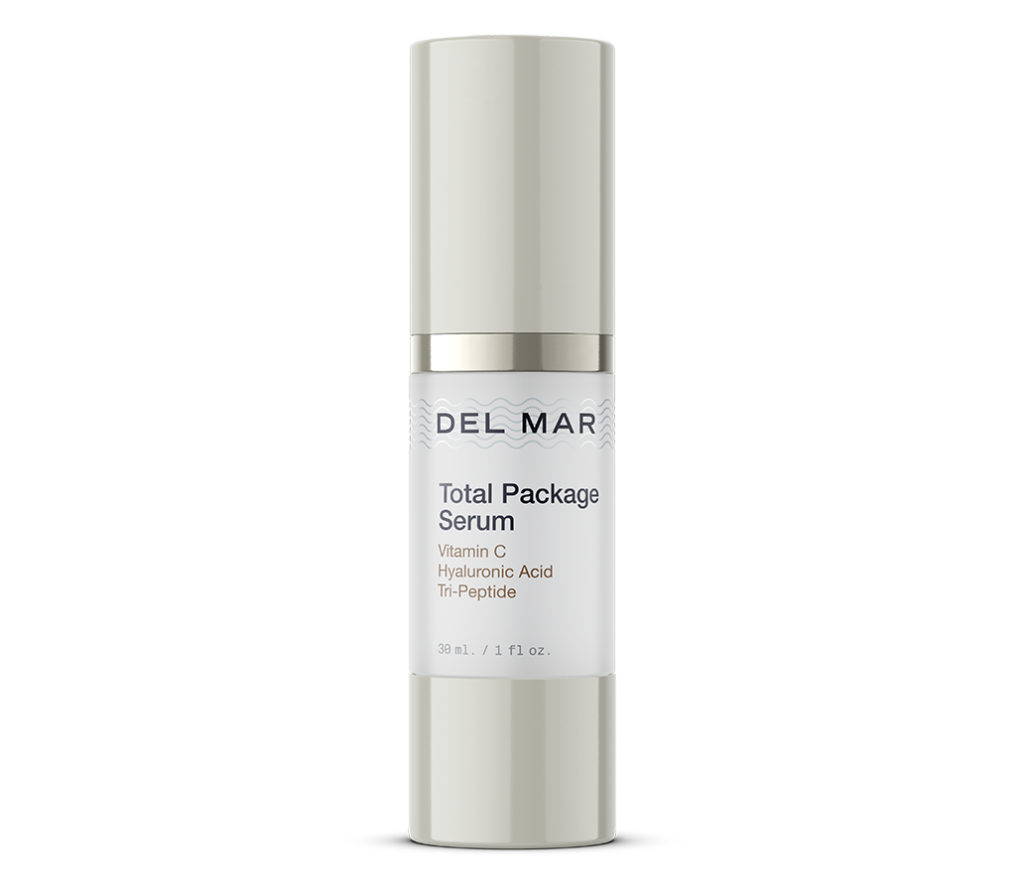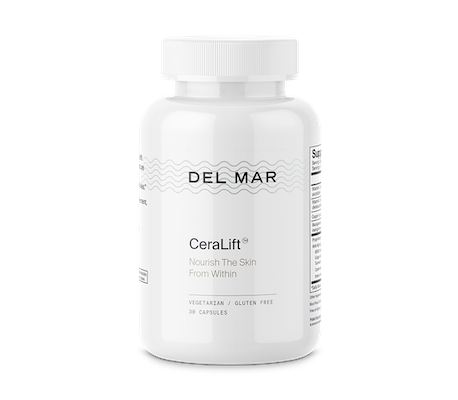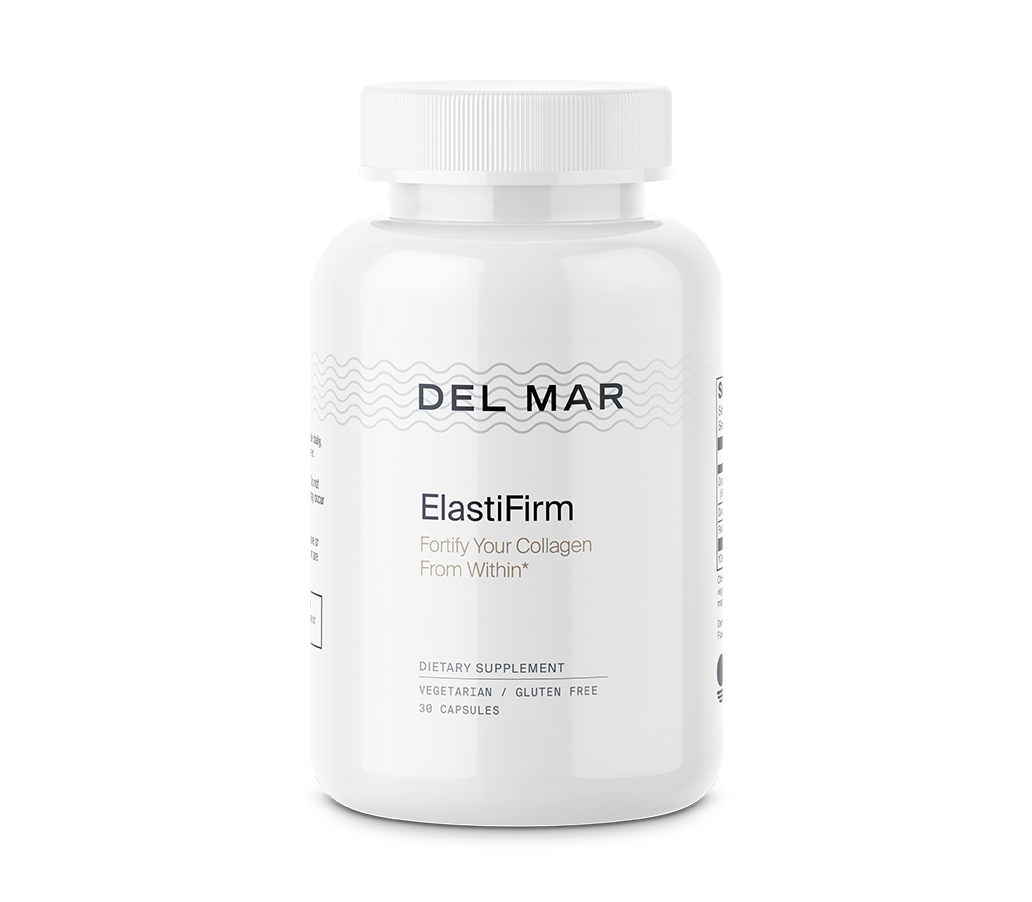I have always considered it a successful day if I’ve cleaned my home, showered, shaved, and put myself together. There is something to say about your home looking nice and feeling confident with the face you put forward to others.
But what if I were to tell you that there are hazardous chemicals hiding out in these products? Fortunately, as consumers are growing more informed, companies are providing healthier alternatives to these traditional products. Read on to learn more about how to avoid cleaners and body products that may be doing more harm than good.
Conventional Product #1: Household Cleaners
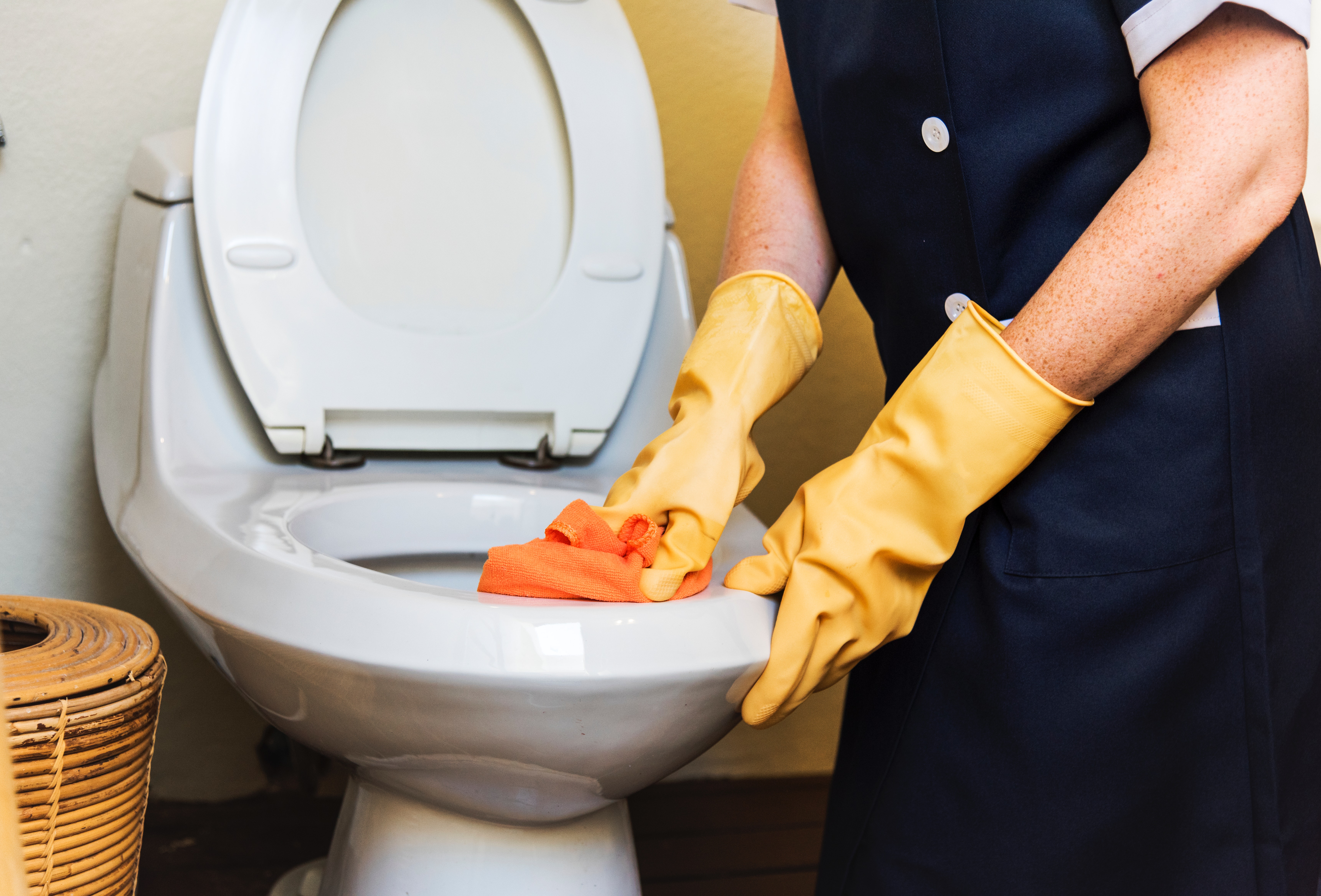
Nearly every common household cleaner is a mixture of questionable chemicals, many of which have demonstrated toxicity in humans. (*1) Many of these cleaners contain tiny particles that, when inhaled, can cause irritation and, in some cases, long-term damage or death.
Volatile organic compounds, phthalates, ammonia, and bleach are just a few of the many offenders. Health problems including asthma, headaches, eye and throat irritation, respiratory illnesses, and cancer have been linked to the use of common toxic household cleaners.
Some of the worst offenders include:
- Oven cleaners
- Toilet bowl cleaners
- Furniture polish
- Products that create suds/bubbles (liquid soap, laundry detergent)
- Dry cleaning chemicals
- Bleach
- Carpet and upholstery cleaners
- Aerosol sprays (such as bathroom deodorizing sprays)
Fortunately, there are lots of ways to clean your home without using these toxic cleaners. While you can look up recipes online to make your own products, there are many safe and natural cleaning products available to save you time.
The Environmental Working Group provides a list on their website of their “Top Green Cleaning Products.” You can search by category, such as floor care, furniture, or laundry.
It is important to do your research before purchasing a product – unfortunately, some products labeled “natural” can still contain damaging toxins. There is no regulated definition of “natural,” so many manufacturers will use this term to bring in business, whether or not it is accurate.
Conventional Product #2: Body Products

Cosmetics, nail polish, shampoo and conditioner, sunscreen, lotion, dry shampoo, self tanner, hairspray, toothpaste – you name it, there are versions of it that are packed full of chemicals known to cause health problems, and even more that have very little to no research on their impact on human health.
These products are especially troublesome because many of them do not need to go through an approval process before they are sold, and they have no legal obligation to report product-related health problems.
Phthalates are the primary toxins in personal care products and makeup that research confirms consumers should be worried about. These chemicals are the main component in plastics, and they are often found in makeup and other body products.
Phthalates are just one of the common toxic ingredients, with others including triclosan, parabens, and methylisothiazolinone. (*2)
Without ingredients listed on many of these items, and with some of the toxic chemicals not mandated to be shared on the label, the only way to try and avoid these is to research which companies and products have been tested and found to be the safest.
One of the best resources for your search is the Environmental Working Group’s (EWG) “Skin Deep” user guide and product testing results. EWG has tested different products and given them ratings based on hazardous ingredient testing results.
Alternatively, you can always make some of these products on your own! There are plenty of lotion, sunscreen, and dry shampoo recipes online.
Conventional Product #3: Scented Products
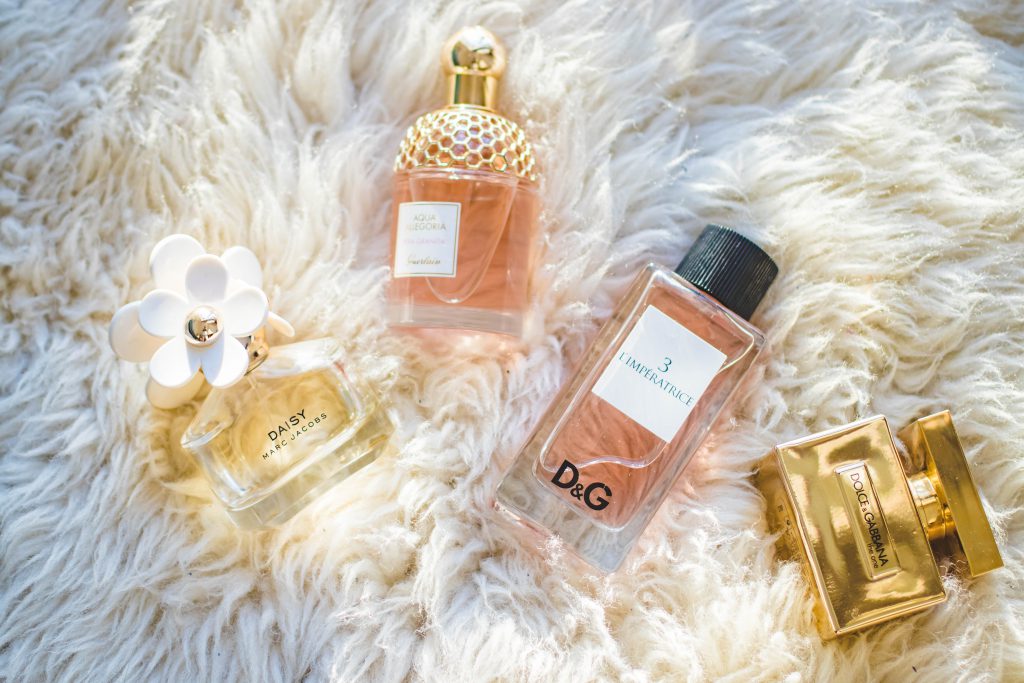
Most scented products that you will find at the store are scented with synthetic chemicals rather than natural fragrance.(*1,3) These products are some of the most toxic available as they are designed to release small particles into the air so that you can smell them.
One survey found that scented consumer goods emitted more than 100 VOCs (volatile organic compounds), many of which are categorized as toxic under federal laws. (*3)
They are often applied to skin, with some of these chemicals able to cross through your skin and into your bloodstream. Unless a product states that its fragrance is from essential oils, chances are that there are toxins in there that you are best to avoid. Some of the common culprits include
- Candles, air fresheners (both home and car), and scented oils
- Laundry detergent, fabric softener, and dryer sheets
- Household cleaning supplies
- Lotions, perfumes, shampoos, and other body products
Rather than using synthetically scented items, try looking for products that are scented using essential oils. These products exist for laundry detergents, body products, household cleaners, and there are even essential oil diffusers for your car and home. You can also choose to use products that are labeled “fragrance-free.”
Closing Thoughts
